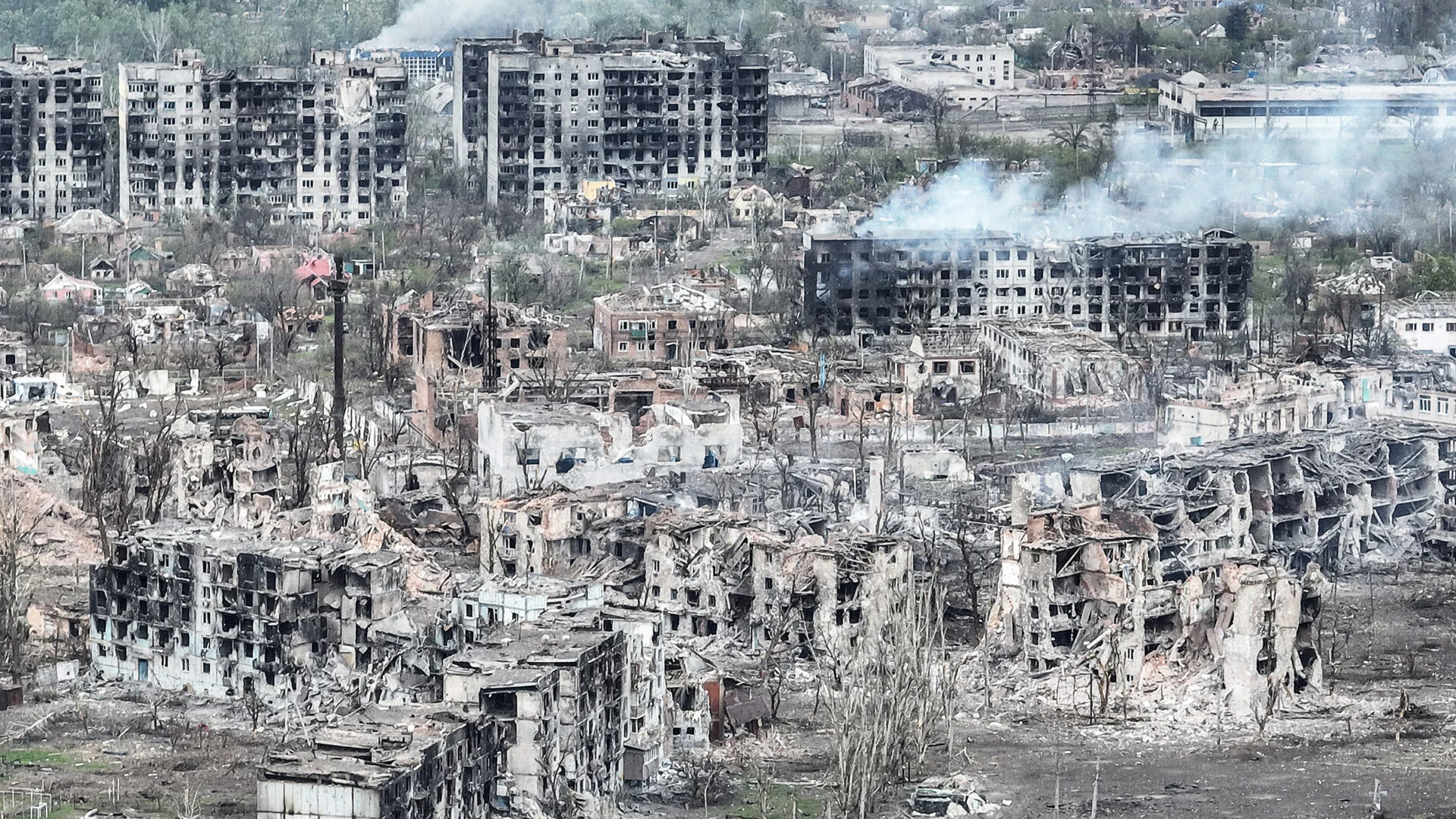Since the beginning of the invasion of Ukraine, Russian missiles and drones, responsible for thousands of deaths, have contained French electronic components. These are the findings of the investigation ‘ Le grand marché, enquête sur le business mondial de la guerre ’ by Benjamin Jung. Despite international sanctions aimed at limiting Russia’s access to critical technologies, some French companies continue to see their products linked to these deadly weapons.
The human toll in Ukraine, more than two years after the start of the large-scale war, is tragic. According to the Wall Street Journal, around 80,000 people have lost their lives, and almost 400,000 others have been injured. The main cause is the relentless bombardment by Russian forces, which has hit infrastructure and civilians without respite. These attacks are in part made possible by Russia’s ability to circumvent the sanctions imposed, particularly with regard to theimport of electronic components essential to the manufacture of their weapons.
Recent attacks bear witness to this industrial resilience. Russia has stepped up its strikes, launching 640 Shahed drones on Ukrainian towns in the last few weeks alone . Volodymyr Zelensky has on several occasions denounced the ease with which Russia still obtains foreign components to power its war machine.
While most of the electronic components found in Russian missiles and drones are American, with companies such as Texas Instruments, Xilinx and Analog Devices among the suppliers, other major international firms are also implicated. Japanese companies such as Sony, Canadian companies such as Tallysman, and European companies such as Epcos (Germany) and NXP (Netherlands) have seen their products integrated into Russian weapons systems. But what is most worrying is that French components have also been identified in these weapons.
Among the French companies mentioned are STMicroelectronics and Lynred. STMicroelectronics, a major player in the electronics sector with 51,000 employees and sales of €15.4 billion in 2023, is 27.5% owned by BPI France and the Italian state, which are its two main shareholders in equal shares. Customs documents reveal that components from this company were exported to Russia even after the start of the war, sometimes via companies based in China, thus circumventing the sanctions.

Lynred, which specialises in thermal sensors, is another example. These sensors are crucial to the drones used in Russian strikes, acting as the ‘eyes’ of these machines by designating bombing targets. For example, the Pico 640 sensor, manufactured by Lynred, equips the Orlan-10 drone, a formidable weapon used by the Russian army to identify targets from an altitude of 5,000 metres. The brain is Chinese, the engine is Japanese, the communications system is American, the positioning system is Swiss, but the ‘eyes’ are French.
French companies such as Thales and Safran, also mentioned, have assured us that they are complying with the sanctions. Yet trade flows continue to flow to Russia, raising legitimate questions about the control and effectiveness of these sanctions.
To understand how Russia manages to circumvent these sanctions and maintain supplies of critical components, Benjamin Jung’s investigation ‘Le grand marché, enquête sur le business mondial de la guerre’ is essential reading. This book sheds light on how the European defence industry is being exploited by Russia to continue wreaking havoc in Ukraine.
It is crucial that these revelations alert public opinion and decision-makers to the flaws in the sanctions and the unwitting complicity of certain European companies in this war. It is everyone’s responsibility to put an end to these war crimes and to work for peace.
Cover photo: Bakhmut by Playshko (Shutterstock)

